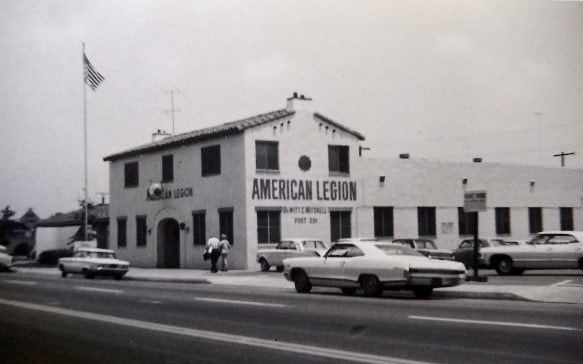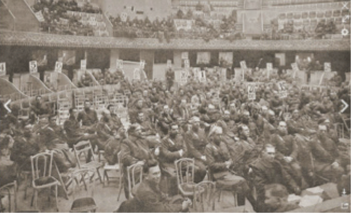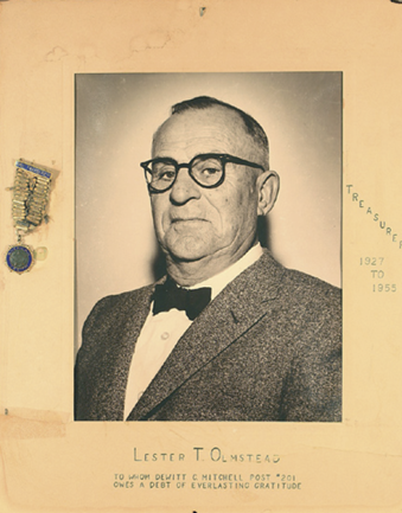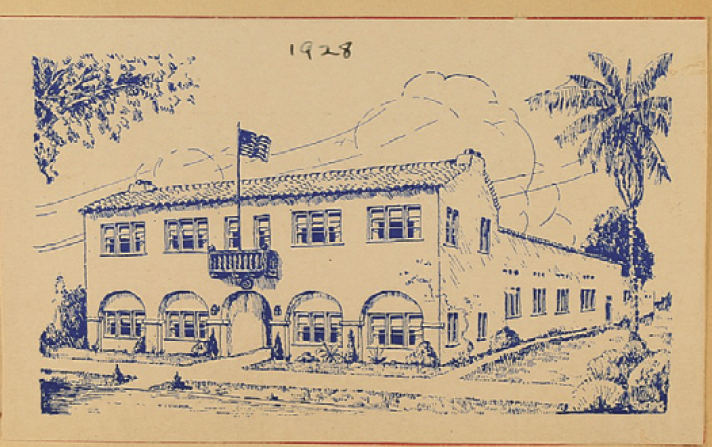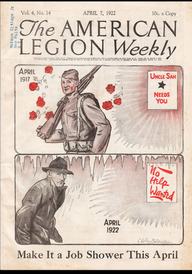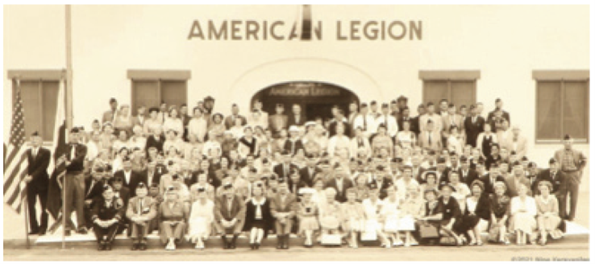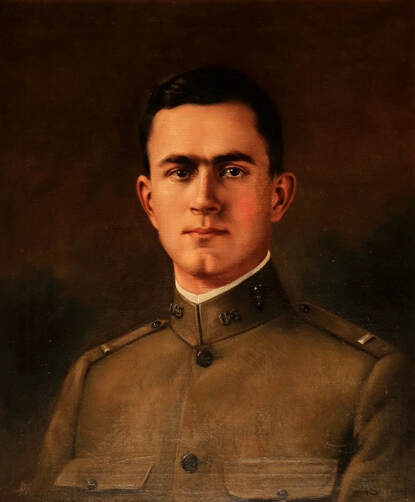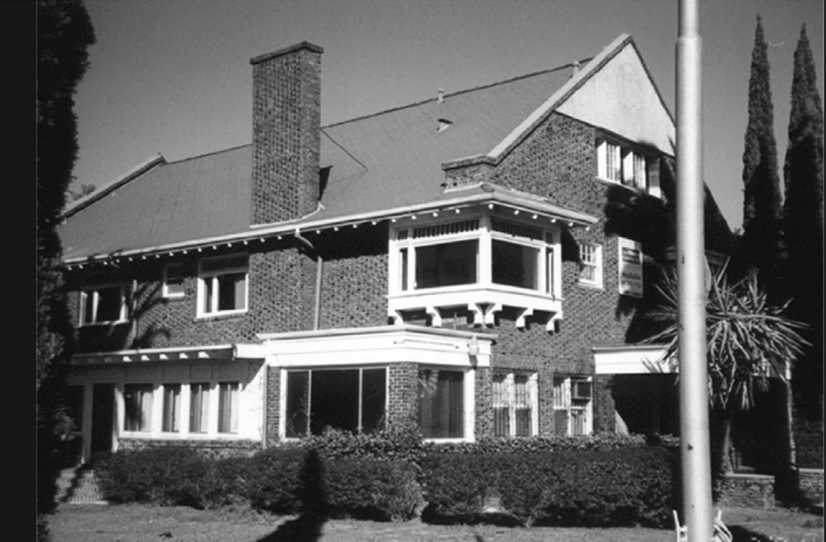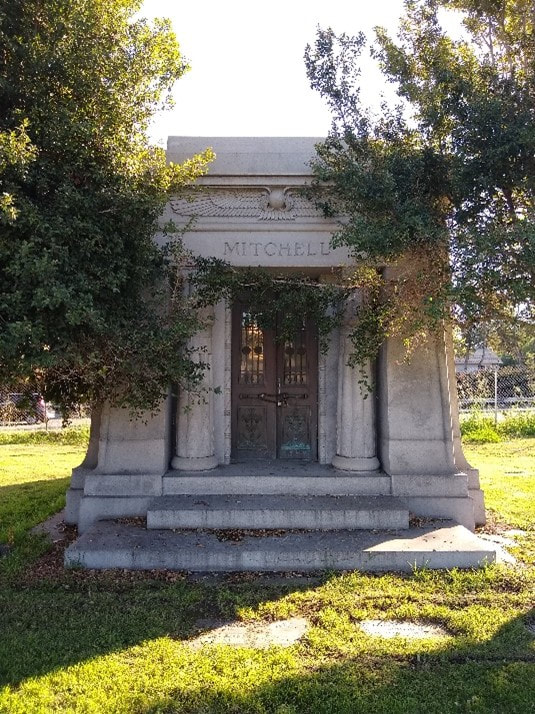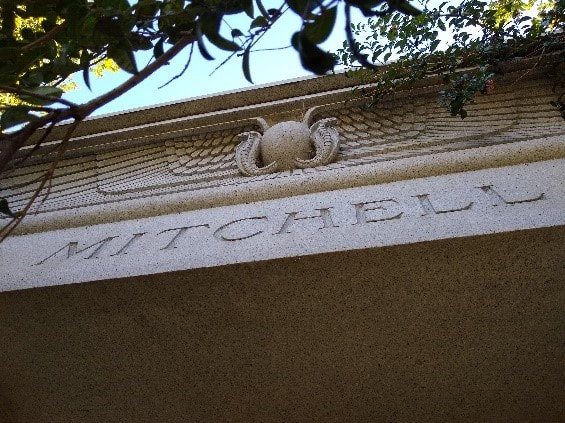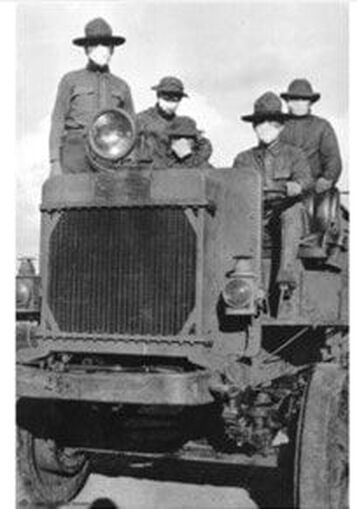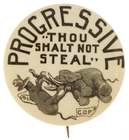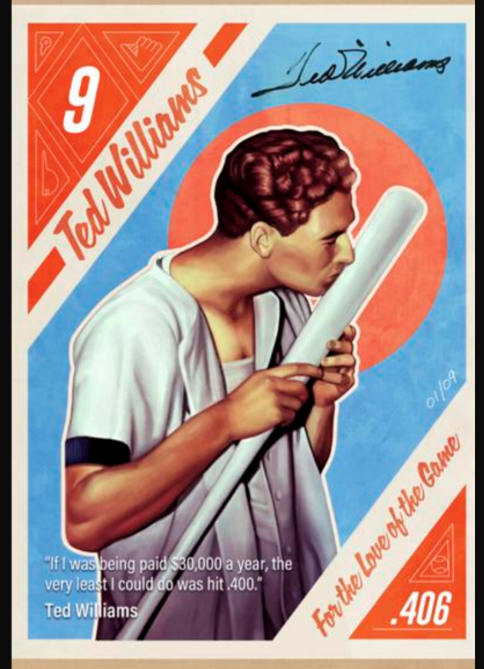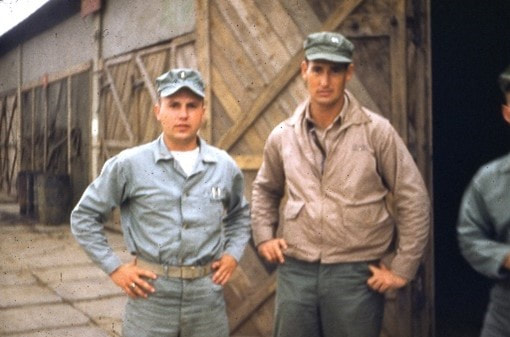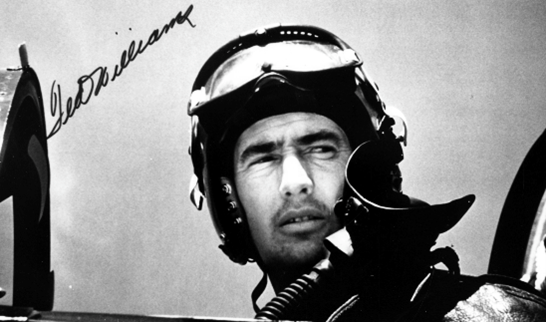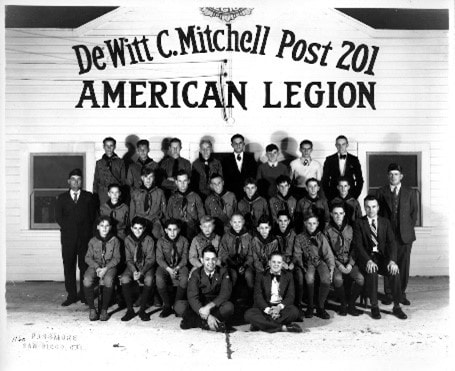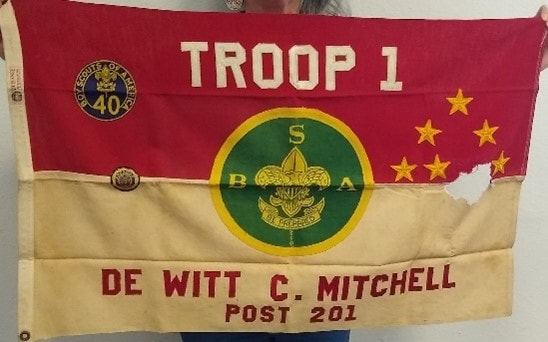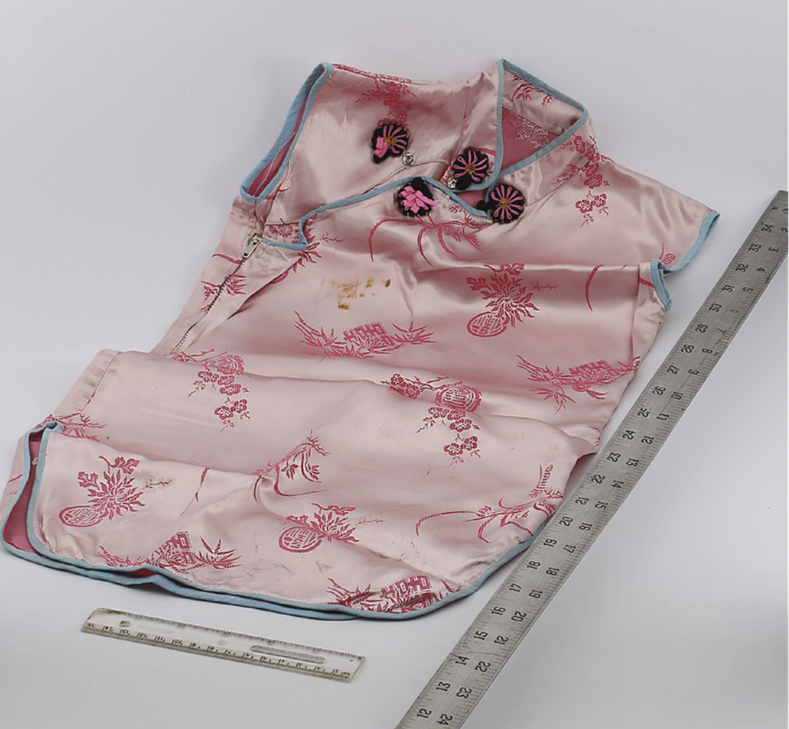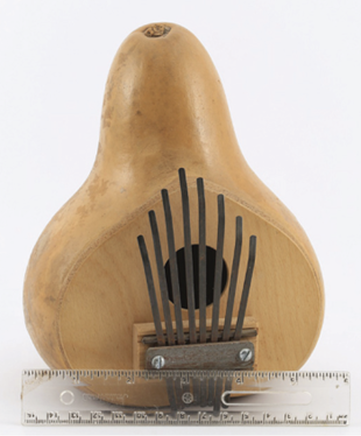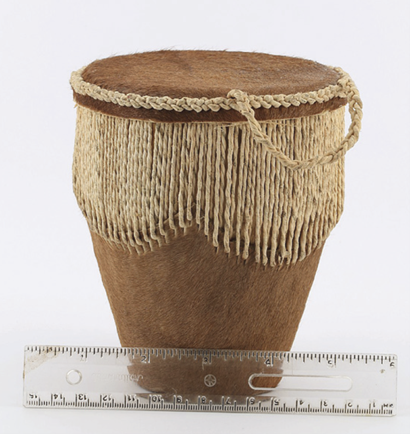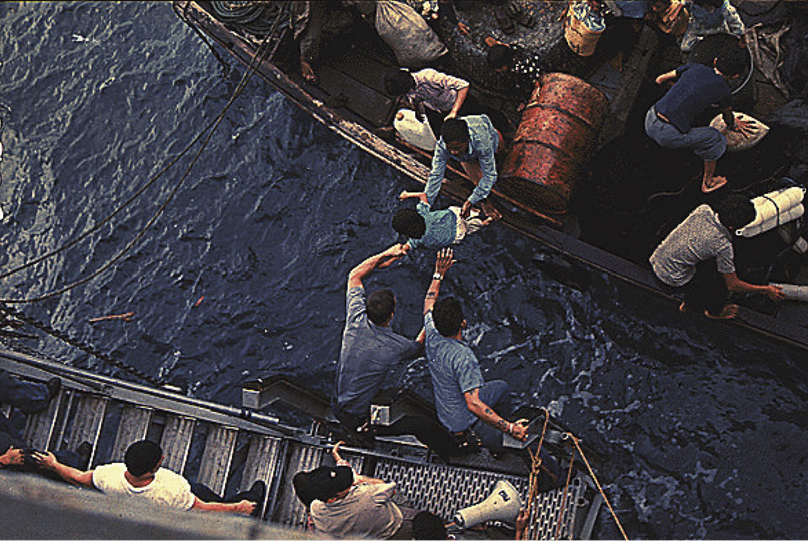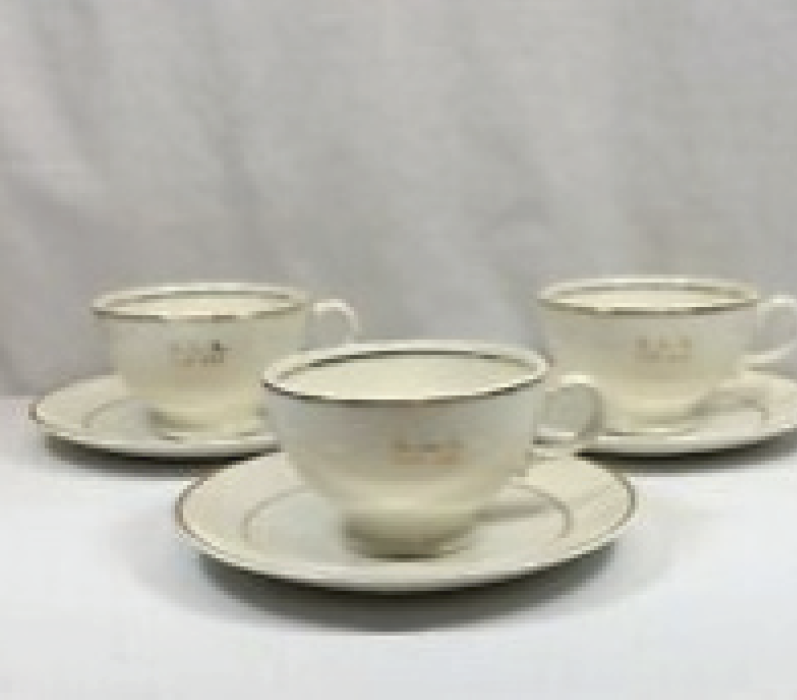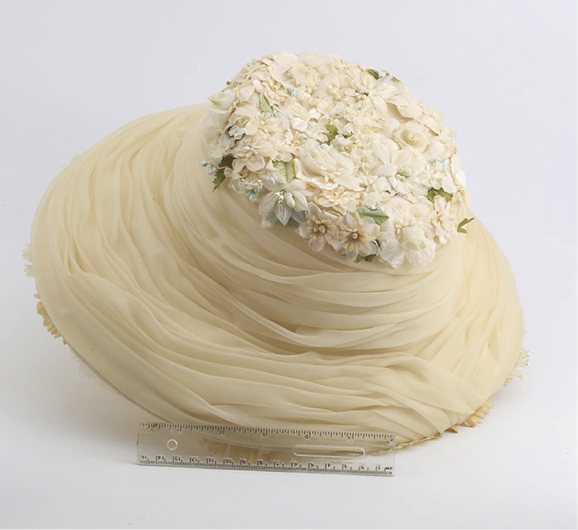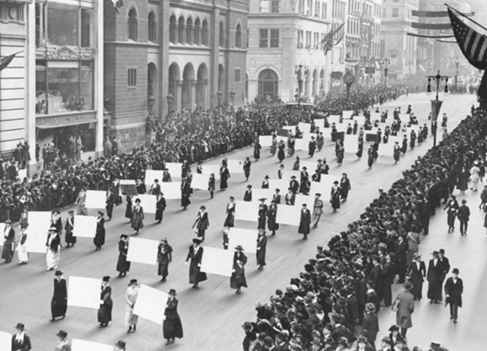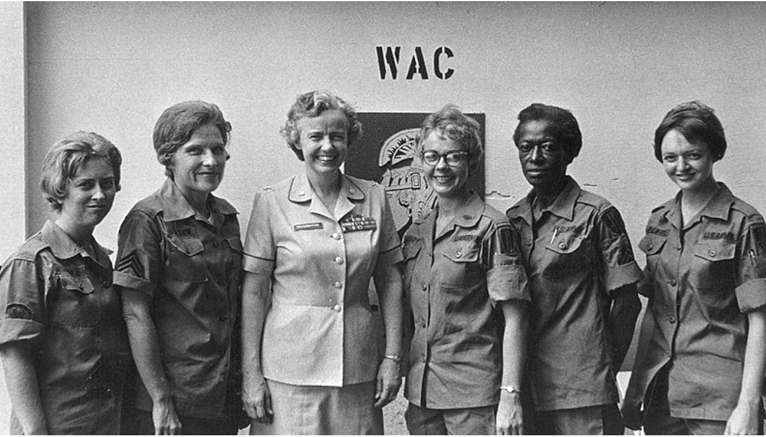City Heights Plaza Del Sol - Historic Interpretive Display
Located within the public Community Room of City Heights Plaza Del Sol is an interpretive artistic exhibit honoring the historical significance of the site, which was once home to the DeWitt C. Mitchell Memorial American Legion Post #201. Recognized by the City of San Diego’s Historical Resources Board as a significant property in 2002, this esteemed American Legion building played host to a myriad of events – from joyous parties and weddings to pivotal political meetings and vital veteran support activities.
To ensure the enduring legacy of the Mitchell family and Post #201, Price Philanthropies and Wakeland Housing and Development Corporation enlisted the talents of local artist Nina Karavasiles to create a commemorative history exhibit. The resulting interpretive display features objects and images to provide a tangible, endearing and intimate glimpse into the lives and history woven into the site. The exhibit showcases diverse artifacts including scarves from Ethiopia, handwoven plates from Vietnam and baskets made by indigenous peoples, underscoring the profound cultural connections within the City Heights neighborhood and this sacred ground.
The sections below include the exhibit content.
To ensure the enduring legacy of the Mitchell family and Post #201, Price Philanthropies and Wakeland Housing and Development Corporation enlisted the talents of local artist Nina Karavasiles to create a commemorative history exhibit. The resulting interpretive display features objects and images to provide a tangible, endearing and intimate glimpse into the lives and history woven into the site. The exhibit showcases diverse artifacts including scarves from Ethiopia, handwoven plates from Vietnam and baskets made by indigenous peoples, underscoring the profound cultural connections within the City Heights neighborhood and this sacred ground.
The sections below include the exhibit content.
Seated In Time: Homage To The American Legion
Pictured above is the original DeWitt C. Mitchell Hall, which sat upon land originally inhabited by the Kumeyaay indigenous people. Conversation about the need for a central community gathering place began in 1922, and thus Lester Olmstead was commissioned to design and build the Hall. Construction began in 1926 and was completed in 1931.
|
The Hall was a gathering place for parties, weddings, sporting events, Boy Scout activities, political meetings, fundraising events, veteran support activities and family gatherings of all kinds.
World War l left many families without a father and head of household. Surviving family members struggled financially and emotionally. Returning veterans did not receive adequate medical care from the federal government. In an effort to address some of these issues, the United States government adopted the American Legion at the Paris Caucus in March 1919.
World War l left many families without a father and head of household. Surviving family members struggled financially and emotionally. Returning veterans did not receive adequate medical care from the federal government. In an effort to address some of these issues, the United States government adopted the American Legion at the Paris Caucus in March 1919.
Lester OlmsteadLester Olmstead, Master Builder of the Dewitt C. Mitchell American Legion Post #201, on this site, in 1931 He went on to be a City Commissioner for the San Diego Zoo.
The archway of the original Spanish Colonial Revival Style building was specifically made to fit the width of an ambulance. The concrete foundation was designed to accommodate the weight of an ambulance. This was a forethought to tragic events that might be coming to America, and the Legionaries wanted to be prepared to help by turning Post #201 into a temporary emergency hospital.
|
LT. DeWitt MitchellPhotographed from the original oil painting in the hall of the current #201 in Lemon Grove. Lt. Mitchell died in the spring of 1918 of influenza in Texas, while serving in WW1. A mother’s devotion is powerful, so much so that the original building was dedicated in his honor.
|
This all-brick home was the home of Mrs. Bertha B. Mitchell and her son, Lt. Dewitt Mitchell, who were progressive philanthropists and remembered for their large donations funding the Legal Aid Society Trust which became the Public Defender’s Office for San Diego. Mrs. Mitchell occupied the house until the mid 1920’s at 2720 4th Ave at Nutmeg, which is no longer there.
DeWitt’s Mausoleum
Politics and the Progressive Party |
|
The Progressive Party of the 1900s was quite different than the contemporary movement. The League for Progressive Political Action was active in the American Legion, especially at Post #201.
Nicknamed The Bullmoose Party, the Progressive Party was a temporary third political party in the US. It was headed by Theodore Roosevelt, who had left the Republican Party. The Progressive Party dissolved in 1920 after Roosevelt lost the election. The Progressive Party was interested in conserving natural resources, controlling corporations and protecting consumers (known as the "Three C's"). In addition, the Party was known to advocate for woman’s suffrage and national health care. |
Sports at the American Legion (Ted Williams)
The famous baseball player, Ted Williams grew up in San Diego as this fictitious letter implies. Not only a resident, Williams played for this American Legion Hall #201. He was also a veteran.
Post #201 Boy Scouts Troop 1
Vietnam, Cambodia, and East African Refugees
City Heights was an area in San Diego where many refugees from Vietnam, Cambodia and Laos settled and celebrated their history and culture.
This dress enclosed in the exhibit was a gift from a US soldier sent home to his daughter during the war in Vietnam (1955-1975). Part of a military sacrifice includes the missing of home life. This fancy silk dress has a food stain showing it was worn, thus making the family feel closer to their soldier. Cultural gifts sent or brought back to the States were valued.
This dress enclosed in the exhibit was a gift from a US soldier sent home to his daughter during the war in Vietnam (1955-1975). Part of a military sacrifice includes the missing of home life. This fancy silk dress has a food stain showing it was worn, thus making the family feel closer to their soldier. Cultural gifts sent or brought back to the States were valued.
The kalimba is like a little xylophone. Some languages translate kalimba into “something little that causes fun trouble”. Varied forms are played throughout Africa.
City Heights is also home to many African cultures. These musical instruments are representative of the items that may be found among some of the people living in City Heights today.
City Heights is also home to many African cultures. These musical instruments are representative of the items that may be found among some of the people living in City Heights today.
Women and The Vietnam War
Women were an important part of the military during the Vietnam War. The hat and tableware below symbolize the alternative ways that women work out problems. They bring people together with hospitality and amazing things happen.
Women (and men) fought hard during the time of Suffrage to allow women to vote in 1920. Not all women, however. Black women couldn’t vote until 1965.
Women (and men) fought hard during the time of Suffrage to allow women to vote in 1920. Not all women, however. Black women couldn’t vote until 1965.

